RESULTS OF OBJECTIVE SURFACE MEASUREMENT
Wheelchair Work Measurements. The work required to propel a wheelchair in a straight path provided an indication of the firmness of the surface. The work required to propel a wheelchair through a 90 degree turn provided an indication of the stability of a surface. Wheelchair work per meter values were not obtained for sand because it was not possible to propel the wheelchair through this surface. The work to negotiate a ramp was linearly related to the angle of the ramp. The work required to propel across the level surface was compared to the work required to propel up or through a turn on various ramp angles in order to relate the work required for the surface to ADAAG specifications for “sufficiently accessible” levels of work (e.g., 8.3% grade for 30 feet).
The dirt (DIRP), chipped brush (CPBR), and engineered wood fiber (EWFK and EWFJ) surfaces had higher work per meter values compared to the other exterior surfaces (Figure 2, Figure 3).
Chipped brush and the engineered wood fibers (J and K) all required more work to roll on than a 3% ramp (chipped brush equates approximately to a 3.7% ramp). These three surfaces also required more work to negotiate than the ADAAG course and the crushed granite with stabilizer. It is recommended that these surfaces be considered moderately firm and stable, and be suitable for use in level areas for a limited distance (e.g., around a campsite) or for shorter distances on trails.
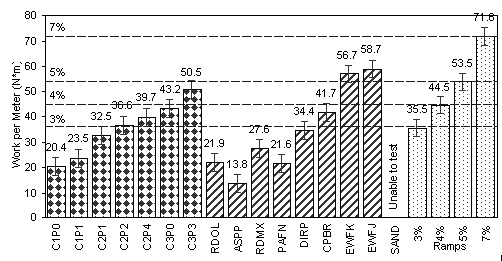
Figure 2. Wheelchair Work Values for Straight Propulsion
Note: The “I” shaped vertical lines indicate the standard error of the mean, a statistic that estimates the variability expected if repeated samples of the same size are taken. It is calculated by dividing the standard deviation of the observations by the square root of the number of observations.
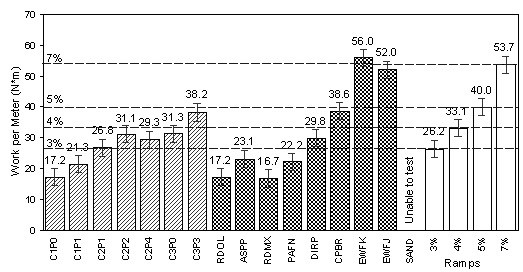
Figure 3. Wheelchair Work Values for Turning
Rotational Penetrometer Measurements of Firmness and Stability. The Rotational Penetrometer penetrated significantly more on the dirt (DIRP), chipped brush (CPBR), engineered wood fiber (EWFJ and EWFK), and sand (SAND) surfaces compared to the other exterior surfaces, indicating decreased firmness and stability (Figure 4, Figure 5). The results of the Rotational Penetrometer correlated with those of the Wheelchair Work Measurement Method.
All of the exterior surfaces, except sand, became less firm in wet conditions (Figure 6). All exterior surfaces, except chipped brush (CPBR), became less stable when wet (Figure 7). While engineered wood fiber K (EWFK) became only slightly less stable, engineered wood fiber J (EWFJ) and path fines (PAFN) became much less stable. Path fines without stabilizer and dirt, while stable in a dry condition, became unstable and moderately stable when wet, respectively.
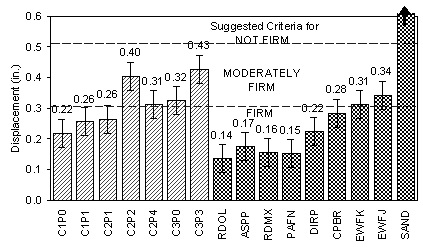
Figure 4. Rotational Penetrometer Firmness Measurements
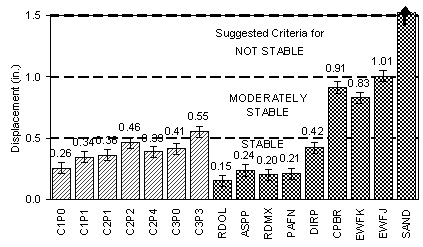
Figure 5. Rotational Penetrometer Stability Measurements
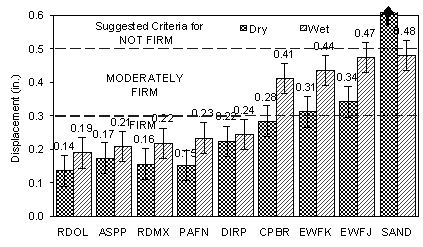
Figure 6. Rotational Penetrometer Firmness Measurements for Dry and Wet Surfaces
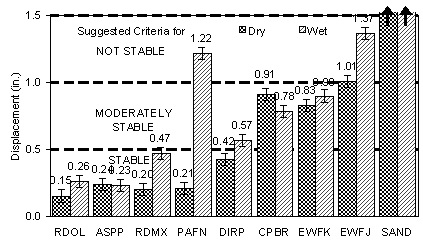
Figure 7. Rotational Penetrometer Stability Measurements for Dry and Wet Surfaces

User Comments/Questions
Add Comment/Question